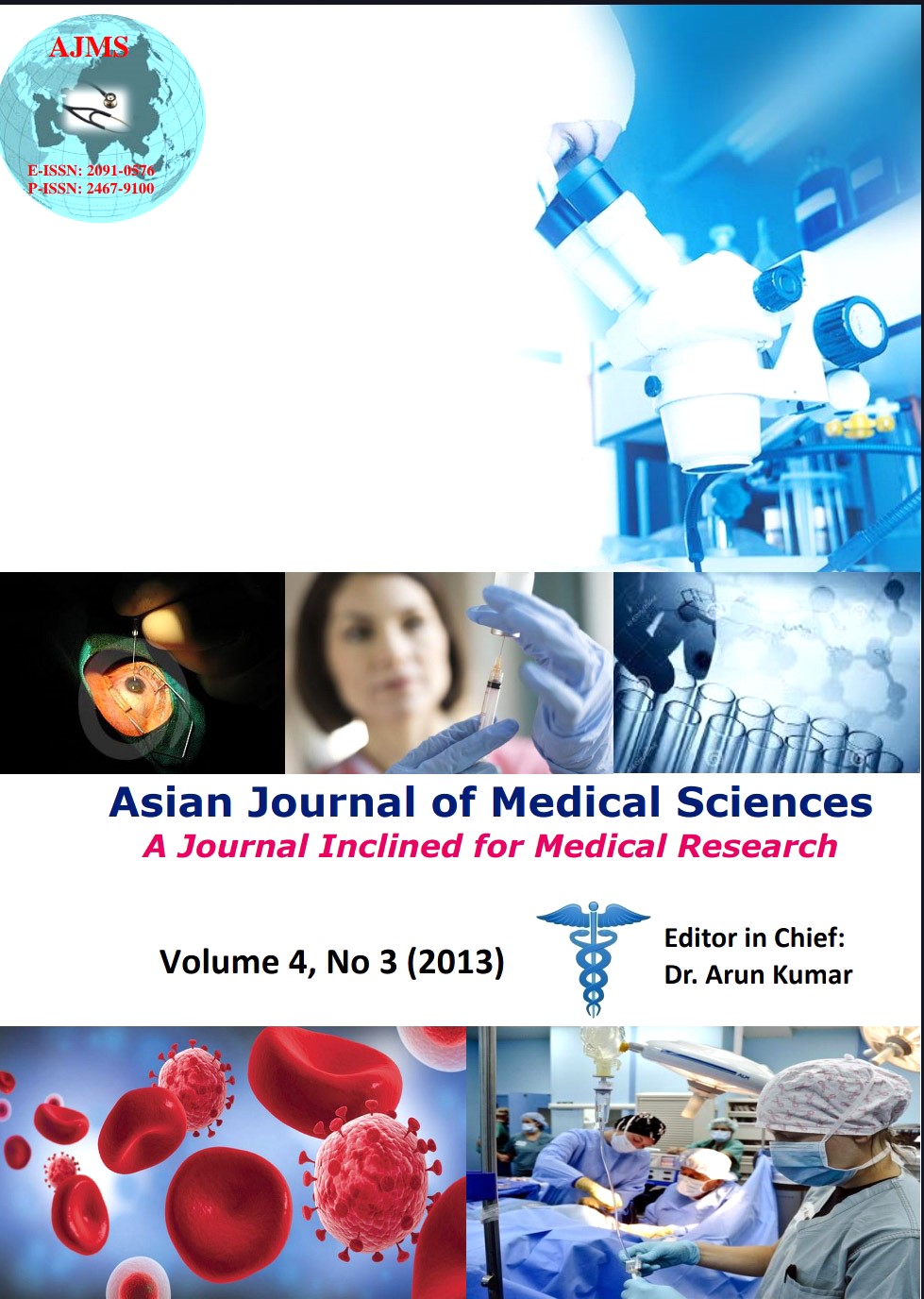Profile of Congenital Limb Anomalies in Calabar
Keywords:
Congenital, limb anomalies, bilateralAbstract
Objective: To describe the profile of congenital limb abnormalities in Calabar.
Methodology: A retrospective descriptive study of all patients presenting to the orthopaedic department of our hospital over a three year period. Patient information was retrieved from case notes and theatre records. Information obtained included the patients’ socio-demographics, type of limb anomaly, limb affected, associated non-musculoskeletal congenital anomalies, type and duration of treatment given and follow up. Data obtained was analysed using Statistical Package for Social Sciences (SPSS) version 17.0 and results were presented as frequency tables and means.
Results: Seventy two patients presented in our unit with congenital limb anomalies over the study period, age ranged from 1 day to 21 years (mean age 15 months). There were 43 males and 29 females, with male to female ratio of 1.48:1. Most of the anomalies (95.83%) affected the lower limbs, with the bilateral lesions occurring in 45.83% of patients. Two patients had multiple limb anomalies affecting upper and lower limbs. The most common limb anomaly was clubfoot constituting 65.28% while congenital genu recurvatum, polydactyly and syndactyly each constituted 6.94% of the cases. Three patients (4.17%) had associated non-musculoskeletal congenital anomalies – ventricular septal defect, myelomeningocele and congenital inguinal hernia constituting one each. Most of the patients (75.41%) were treated non-operatively. Majority of the patients (52.78%) defaulted at various stages of treatment.
Conclusion: Congenital clubfoot is the commonest congenital limb anomaly in our centre. Associated non-musculoskeletal anomalies are uncommon. Patient default at various stages of treatment is a major issue.
DOI: http://dx.doi.org/10.3126/ajms.v4i3.7638
Asian Journal of Medical Sciences 4(2013) 58-61
Downloads
Downloads
Published
How to Cite
Issue
Section
License
Authors who publish with this journal agree to the following terms:
- The journal holds copyright and publishes the work under a Creative Commons CC-BY-NC license that permits use, distribution and reprduction in any medium, provided the original work is properly cited and is not used for commercial purposes. The journal should be recognised as the original publisher of this work.
- Authors are able to enter into separate, additional contractual arrangements for the non-exclusive distribution of the journal's published version of the work (e.g., post it to an institutional repository or publish it in a book), with an acknowledgement of its initial publication in this journal.
- Authors are permitted and encouraged to post their work online (e.g., in institutional repositories or on their website) prior to and during the submission process, as it can lead to productive exchanges, as well as earlier and greater citation of published work (See The Effect of Open Access).




